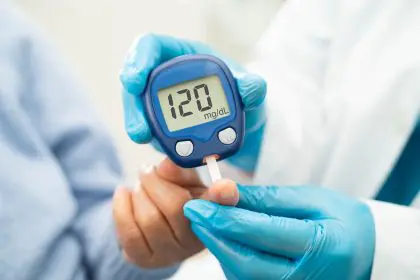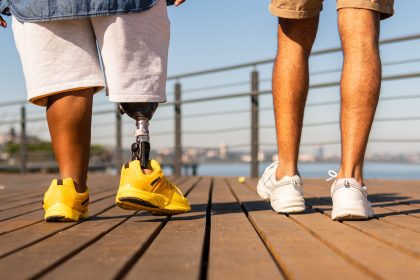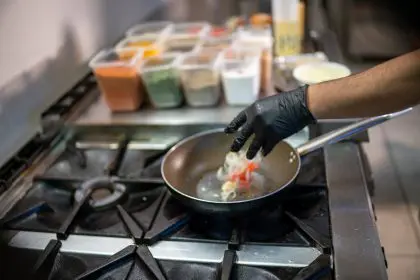Optimal blood sugar management stands as a cornerstone of overall health, particularly for those navigating conditions such as diabetes. For decades, the routine involved in monitoring blood sugar levels revolved around frequent finger pricks, a process essential yet cumbersome, often limiting the quality of life for many. However, the landscape of health care has undergone a seismic shift, propelled by groundbreaking advancements in technology that have ushered in a new era of innovative solutions for blood sugar monitoring.
In recent years, the introduction of cutting-edge technologies has reshaped the way individuals manage their blood sugar levels. These advancements represent a beacon of hope, alleviating the burdensome reliance on traditional monitoring methods. The era of continuous glucose monitoring (CGM) systems, for instance, has sparked a revolution in this realm, presenting a noninvasive approach that transcends the limitations of conventional practices. By implanting minuscule sensors beneath the skin’s surface, CGM technology provides real-time insights into glucose levels, eliminating the need for incessant finger pricking and offering continuous data streams throughout the day and night.
The shift from the confines of traditional monitoring to these innovative technologies signifies not just a leap forward in convenience but a profound enhancement in the quality of life for individuals managing blood sugar levels. This transformation heralds a new dawn in health care, promising improved outcomes, greater accessibility and an empowered approach to managing one’s health.
One such groundbreaking technology gaining traction is continuous glucose monitoring (CGM). CGM systems utilize tiny sensors inserted under the skin to track glucose levels in real-time throughout the day and night. This noninvasive approach has significantly transformed how individuals manage their blood sugar, offering a continuous stream of data without the need for constant finger pricking.
By leveraging wireless connectivity, CGM devices sync with smartphones or dedicated receivers, providing users with instant access to their glucose levels, trends and alerts for potential highs or lows. This real-time data empowers individuals to make timely, informed decisions about their diet, medication and activities, contributing to better management of blood sugar levels.
Another promising technology in the realm of blood sugar monitoring is the development of wearable devices. These devices incorporate biosensors that can measure glucose levels through the skin without the need for needles. Some wearable gadgets are designed as wristbands, patches or even smart clothing, seamlessly integrating into daily life while discreetly monitoring glucose levels.
Furthermore, artificial intelligence and machine learning are playing an integral role in enhancing the capabilities of blood sugar monitoring devices. These technologies enable devices to analyze vast amounts of data, predict trends and provide personalized insights into an individual’s glucose fluctuations. This predictive analysis assists users in proactively managing their blood sugar, potentially preventing extreme highs or lows.
The integration of smartphone applications with these blood sugar monitoring technologies further amplifies their utility. These apps not only display real-time data but also offer features like meal tracking, medication reminders and the ability to share data with healthcare providers or family members. This connectivity fosters a more collaborative approach to managing blood sugar, involving both the individual and their support network in the process.
Despite these advancements, challenges persist, including the accessibility and affordability of these technologies for all individuals who may benefit from them. Additionally, ensuring the accuracy and reliability of these devices remains a focal point for continuous improvement.
In essence, the evolution of blood sugar monitoring epitomizes a paradigm shift fueled by groundbreaking technologies such as continuous glucose monitoring (CGM), wearable devices and AI-driven analysis. These advancements don’t merely offer convenience; they fundamentally reshape the landscape for individuals managing blood sugar levels. As these technologies continue to evolve, the horizon gleams with the promise of even more refined and accessible tools, fostering more effective blood sugar management.
The integration of these innovative technologies into health care practices signifies a substantial leap forward in personalized and proactive blood sugar management. It’s a stride toward a future where individuals are empowered with unprecedented insights and tools, facilitating not just healthier lives but also a deeper understanding and control over their health. Embracing these innovations heralds a new era of health care, one that places empowerment, accessibility and improved outcomes at the forefront of blood sugar management.
This story was created using AI technology.













